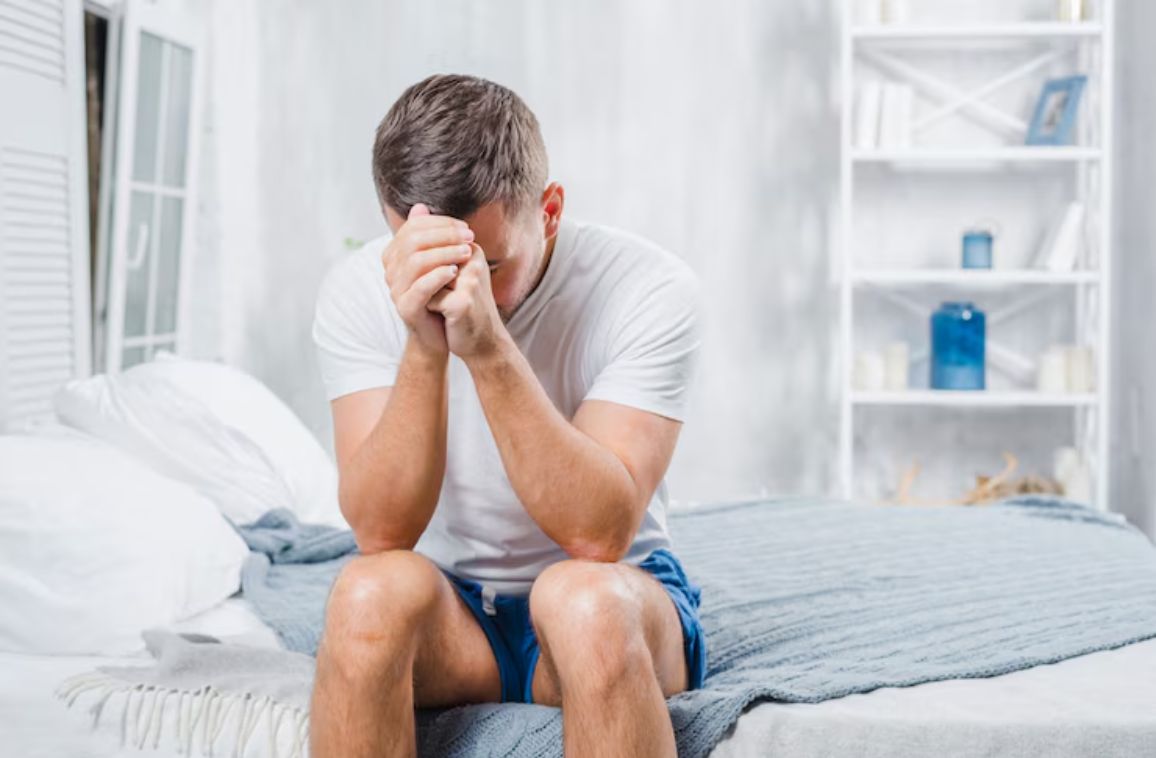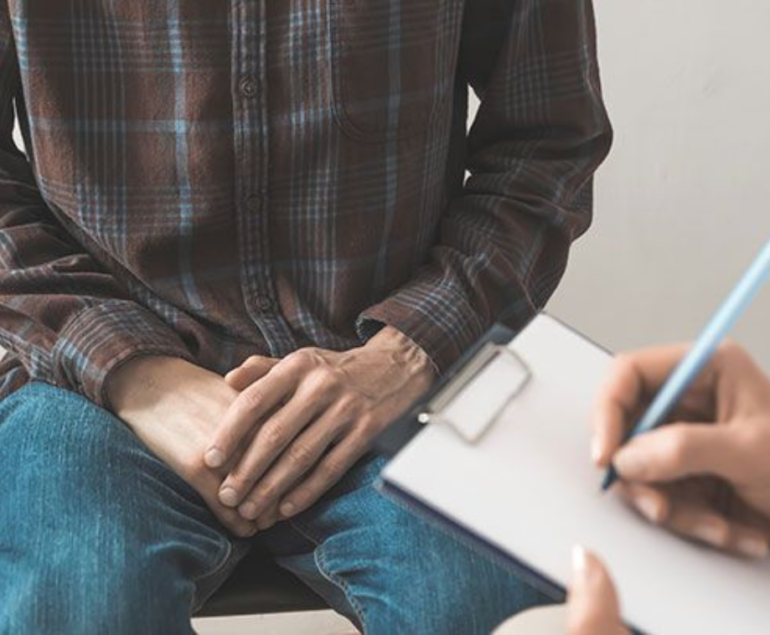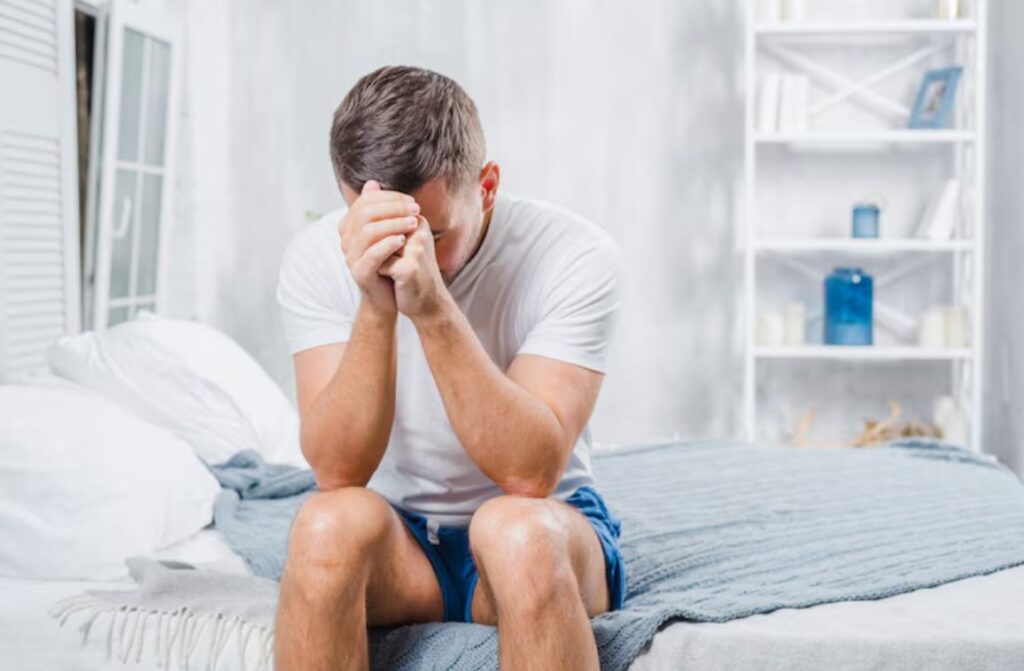While most STDs and STIs do indeed cause symptoms, several are easily mistaken for other conditions. In a few cases, there are no symptoms at all. Possible STIs in males include chlamydia, gonorrhea, and hepatitis. These STD symptoms in men are of much concern.
Sexually transmitted diseases (STDs) are infections transmitted during sexual contact. STDs are often referred to as sexually transmitted infections (STIs). STDs can be transmitted during any sexual activity.
Few STDs can be cured with a course of antibiotics, while others persist and are not curable. Few STDs can cause debilitating signs and symptoms, while others can be present without causing symptoms at all. Several STDs do not cause notable signs or even symptoms, so a person can have one and not know it, and can spread the infection to others.
Several people with a penis are indeed quick to assume that if they had a sexually transmitted disease or infection (STD or STI), they would know it. Yet, this is not always the case.
Understanding the risks and also knowing the signs and symptoms of common STIs in men and also people with a penis is crucial for anyone sexually active.
Symptoms
- Warts in one’s mouth or throat (spread via oral sex).
- Most commonly, people with a penis living with HPV will not have any symptoms at all. For those who do, symptoms can include:
- Genital warts (flat and flesh-colored or even clusters of tiny bumps described as having a cauliflower appearance).
Common symptoms associated with STDs in men include:
- Yellow, green, or even pus-like discharge from the penis.
- Pain or burning sensation while, of course, urinating.
- Ulcers, sores, or blisters on the penis, scrotum, and also surrounding areas.
- Itching as well as irritation around the genitals.
- Pain or perhaps swelling in the testicles.
Prevention
- Several people can contract an STI without experiencing any visible symptoms. This does mean that practicing safer sex is crucial if wanting to prevent transmission.
- The only way to completely prevent an STI is, no doubt, to ensure abstinence from any sexual contact or contact with open sores and bodily fluids of a person who contracted it. But there are other ways to prevent STIs, too.
- Condoms during intercourse, as well as dental dams or barriers during oral sex, are proven effective when used properly. Refraining from sex with multiple partners and instead opting for a monogamous sexual relationship can also help prevent STIs.
- Few STIs, like HPV and hepatitis A and B, have vaccines available. It’s important to talk to a healthcare provider about the vaccines available to you.
- It is also very important to be tested for HIV regularly if there happens to be a risk of any STI. Early diagnosis of HIV allows for early intervention with effective antivirals.
- The risk of HIV transmission can be lessened by the use of pre-exposure prophylaxis (PrEP). PrEP is indeed a combination of medications that can reduce the risk of acquiring or even transmitting HIV before potential exposure with consistent use.
- Post-exposure prophylaxis (PEP) is a medication that can be taken after potential exposure meant to prevent transmission. It does need to be taken as soon as possible after the potential exposure, and also no later than 72 hours after.

Warning signs of STD symptoms in men
STDs in men are:
1. STDs that predominantly cause genital lesions.
2. STDs that predominantly cause inflammation of the urethra.
3. STDs that cause symptoms and signs throughout the body (systemic STDs).
Some of the STDs in men that cause local lesions or urethritis, including gonorrhea and syphilis, can also cause damage to other organs and spread within the body if not treated.
Depending upon the exact infection, STDs that cause genital lesions may cause:
- Genital warts.
- Painful blisters.
- Ulcers.
Conclusion
STD symptoms in men are worrisome.









